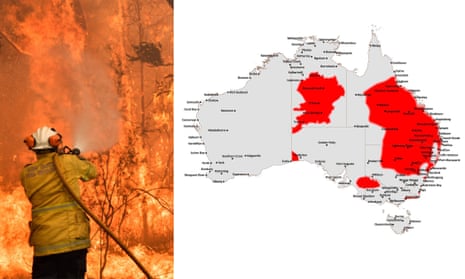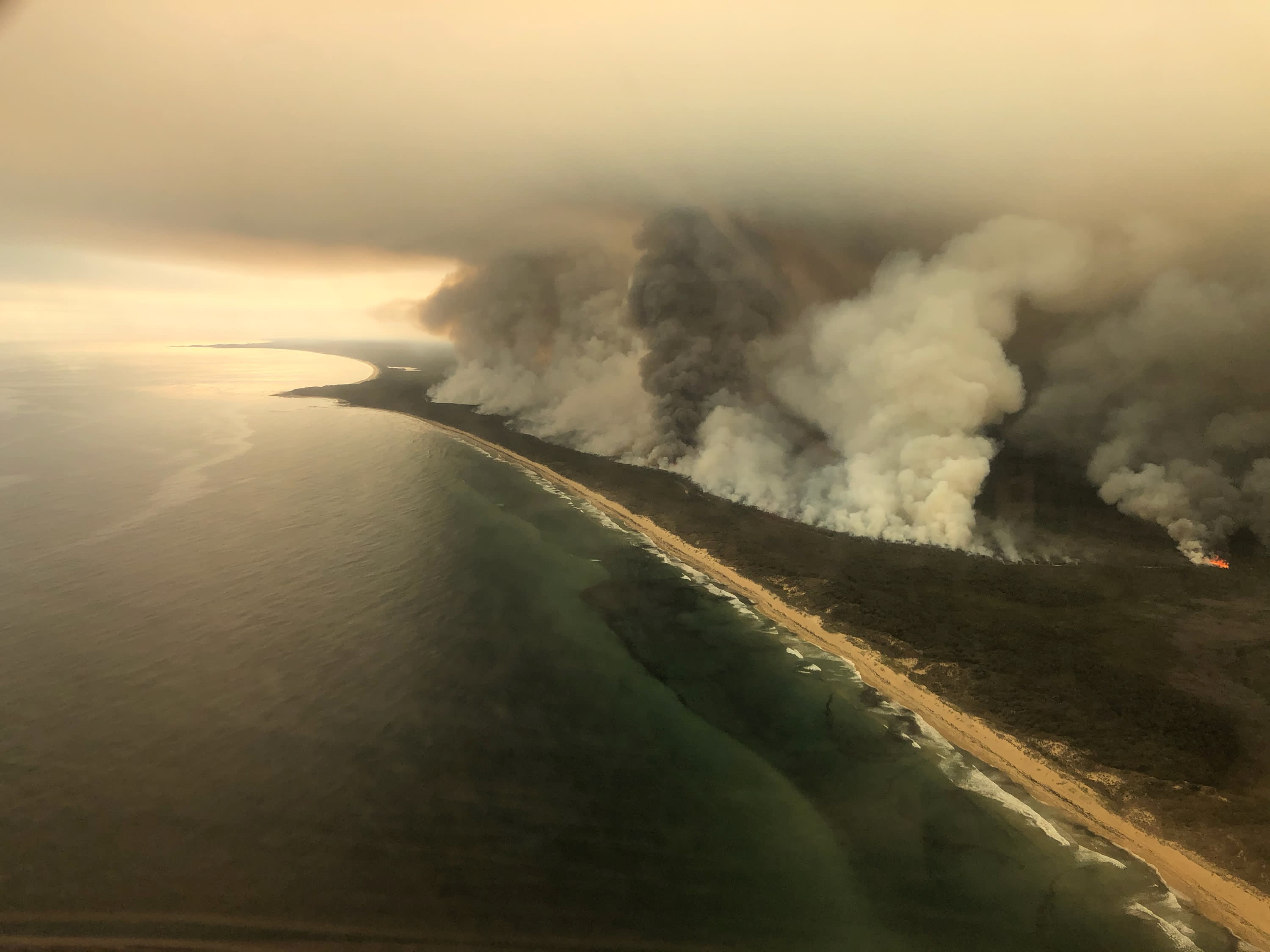Bushfire Risk Assessment Demystified: How to Analyze and Act on Your Outcomes
Bushfire Risk Assessment Demystified: How to Analyze and Act on Your Outcomes
Blog Article
Professional Guidance on Bushfire Management for Boosted Fire Protection
In the realm of bushfire administration, the significance of expert guidance can not be overemphasized. With the boosting frequency and intensity of wildfires, it is critical to look for advice from those fluent in the complexities of fire actions and mitigation strategies. From comprehending the nuances of bushfire behavior to carrying out useful actions such as firebreaks and defensible rooms, there exists a wealth of knowledge that can substantially improve fire protection efforts. The essential lies not only in the private parts of fire monitoring yet additionally in their cohesive assimilation into a detailed method. By diving right into the knowledge used in the following conversation, a more clear course towards reinforced fire protection can be lit up.
Comprehending Bushfire Actions
To properly take care of and minimize the influence of bushfires, it is necessary to have an extensive understanding of bushfire behavior. Bushfires are complex natural phenomena influenced by numerous aspects such as weather condition problems, topography, fuel tons, and human tasks. Comprehending how these elements engage is vital in forecasting the behavior of a bushfire, permitting much better preparation and feedback strategies.
One trick facet of bushfire habits is fire spread. By examining previous fire occurrences and examining fire patterns, experts can prepare for how a bushfire may proceed under particular problems.
In addition, understanding cinder assault, identifying, and fire whirls is crucial in understanding the full extent of bushfire habits. By diving right into these ins and outs of bushfire behavior, authorities can boost their preparedness and action capabilities, eventually minimizing the effect of these devastating events.
Applying Firebreaks and Defensible Spaces
Comprehending bushfire actions is foundational for properly executing firebreaks and creating defensible rooms to boost fire security. Preserving these firebreaks with regular clearing of debris and plants is crucial to ensure their efficiency during a bushfire event.

Properly applying firebreaks and defensible spaces calls for precise planning, routine maintenance, and area teamwork to ensure the highest degree of fire protection for homes and lives in bushfire-prone locations.
Using Early Warning Equipments
Releasing advanced early caution systems is important for prompt discovery and alerting of possible bushfire threats. By utilizing advanced technologies such as satellite monitoring, weather sensing units, and thermal imaging, authorities can efficiently keep an eye on fire-prone locations and identify ignition sources at the earliest phases. These systems can give real-time data on fire intensity, habits, and direction, allowing for prompt decision-making and fast click here for info implementation of firefighting resources to the impacted areas.
Very early warning systems additionally play a critical role in alerting residents and areas concerning impending bushfire dangers. Via automated sirens, message notifies, telephone call, and social media sites notices, people can be promptly informed about evacuation orders, secure sanctuary locations, and emergency procedures. This proactive technique not only saves lives however additionally reduces property damages by guaranteeing that individuals have adequate time to leave and secure their homes.
Developing Evacuation Plans
Reliable discharge plans are essential for ensuring the security of citizens in bushfire-prone areas. Establishing well-balanced evacuation strategies is critical in minimizing the risks positioned by bushfires and securing human life. These strategies must be detailed, taking into consideration numerous aspects such as the topography of the location, the thickness of greenery, and the likely rate and direction of the fire's spread.
When developing emptying plans, it is essential to develop clear emptying courses and assembly factors where citizens can gather securely. These routes must be on a regular basis preserved to guarantee ease of access during emergencies. Furthermore, communication approaches need to remain in place to alert citizens of impending danger and provide clear guidelines on evacuation treatments.
Partnership between local authorities, emergency services, and area members is important in creating effective emptying plans. Normal drills and exercises must be conducted to familiarize citizens with the procedures and make sure a swift and arranged evacuation when a bushfire intimidates the area. By prioritizing the advancement of robust emptying plans, neighborhoods can enhance their resilience to bushfire emergency situations and reduce the prospective influence on lives and residential or commercial properties

Participating In Community Preparedness
In the world of bushfire administration, fostering community preparedness plays an essential function in fortifying the strength of residents residing in risky locations. Taking part in community preparedness entails educating residents on bushfire dangers, advertising fire safety and security methods, and establishing emergency strategies collectively. By proactively entailing the area in readiness initiatives, people end up look at more info being a lot more informed and empowered to take proactive actions to secure their lives and homes during bushfire occurrences.
Area preparedness campaigns frequently consist of carrying out fire drills, establishing interaction networks, and arranging training sessions on fire suppression techniques. Moreover, urging partnership amongst next-door neighbors to create a natural assistance system can dramatically enhance linked here the total preparedness level of a neighborhood. When citizens are knowledgeable and geared up to respond effectively to bushfires, the chance of minimizing damage and ensuring safety and security rises significantly.
Conclusion
Finally, efficient bushfire monitoring needs an extensive understanding of fire behavior, the execution of firebreaks and defensible rooms, the use of early caution systems, the development of evacuation plans, and area engagement in readiness efforts. By integrating these strategies, neighborhoods can boost their fire defense measures and decrease the impact of bushfires on both home and lives. BMP. It is important for all stakeholders to function with each other to create a much safer atmosphere when faced with this all-natural disaster
To efficiently minimize the impact and handle of bushfires, it is crucial to have a detailed understanding of bushfire habits. By studying past fire occurrences and analyzing fire patterns, professionals can prepare for exactly how a bushfire may proceed under certain problems.Understanding bushfire habits is fundamental for effectively executing firebreaks and producing defensible spaces to boost fire security. Engaging in community preparedness includes enlightening homeowners on bushfire risks, advertising fire safety practices, and creating emergency situation plans collectively.In conclusion, reliable bushfire administration requires a detailed understanding of fire actions, the application of firebreaks and defensible rooms, the use of very early caution systems, the advancement of discharge strategies, and neighborhood engagement in readiness initiatives.
Report this page